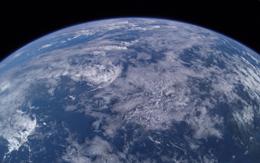Study warns of threats to water security and biodiversity in the world’s rivers.
Nearly 80% of the world’s population — 4.8 billion people as calculated in 2000 — live in areas experiencing a high level of threats to human water security or biodiversity.
Water-management strategies aimed at improving human water security, such as building dams to provide access to water-starved regions, often detrimentally affects wildlife that also depends on freshwater resources, such as migrating fish.
But a study published in Nature today is the first to consider factors affecting both human water security and biodiversity in its analysis of threats to global freshwater resources, such as pollution and the density of dams1.
“If you analyse water-security issues from both a human and biodiversity perspective, you find that the threats are shared and pandemic. Even rich countries, which you would expect to be good stewards of water, have some of the most stressed and threatened areas,” says Charles Vörösmarty, a civil engineer at the City University of New York, one of the lead investigators of the analysis. Read more





